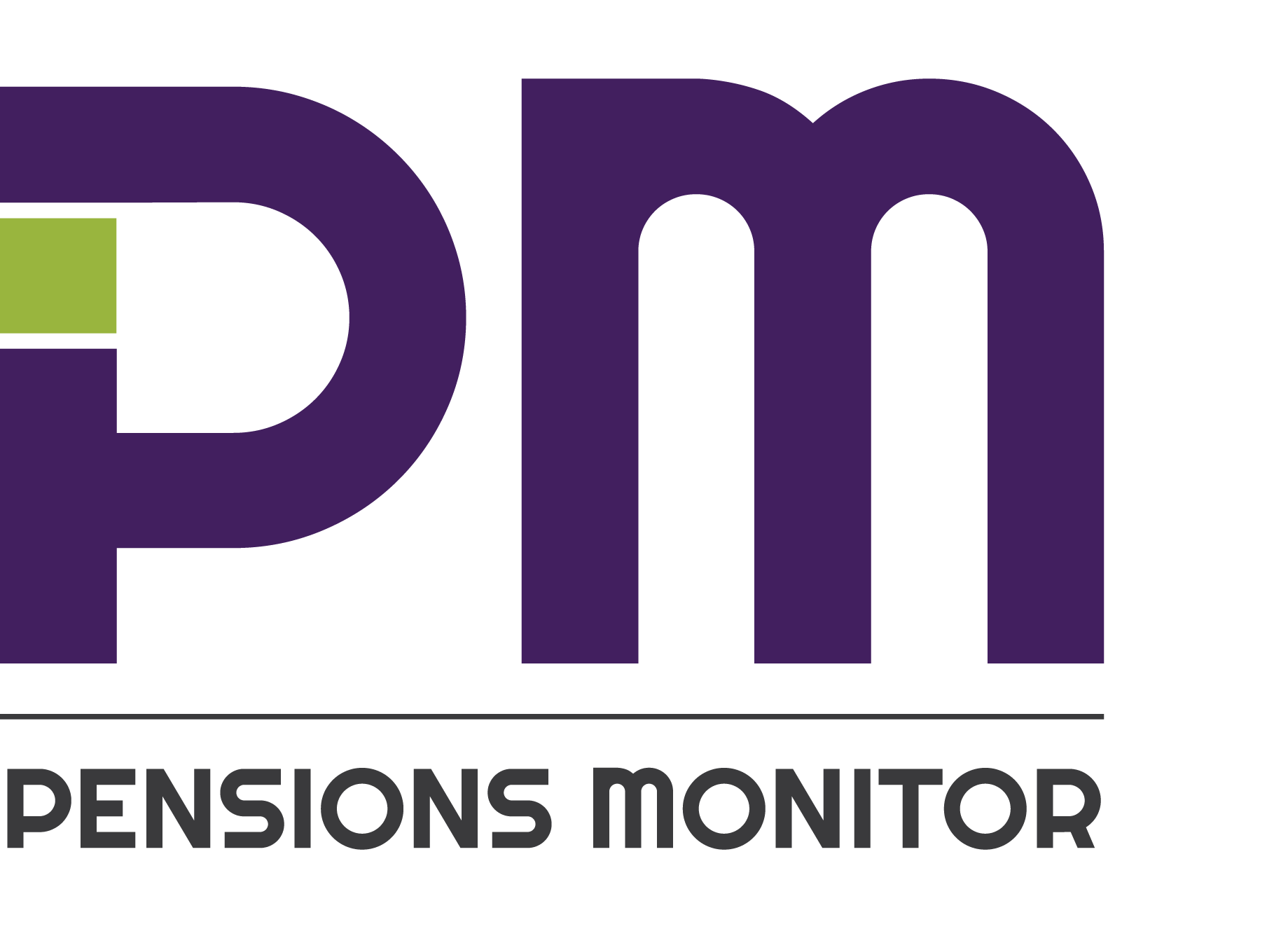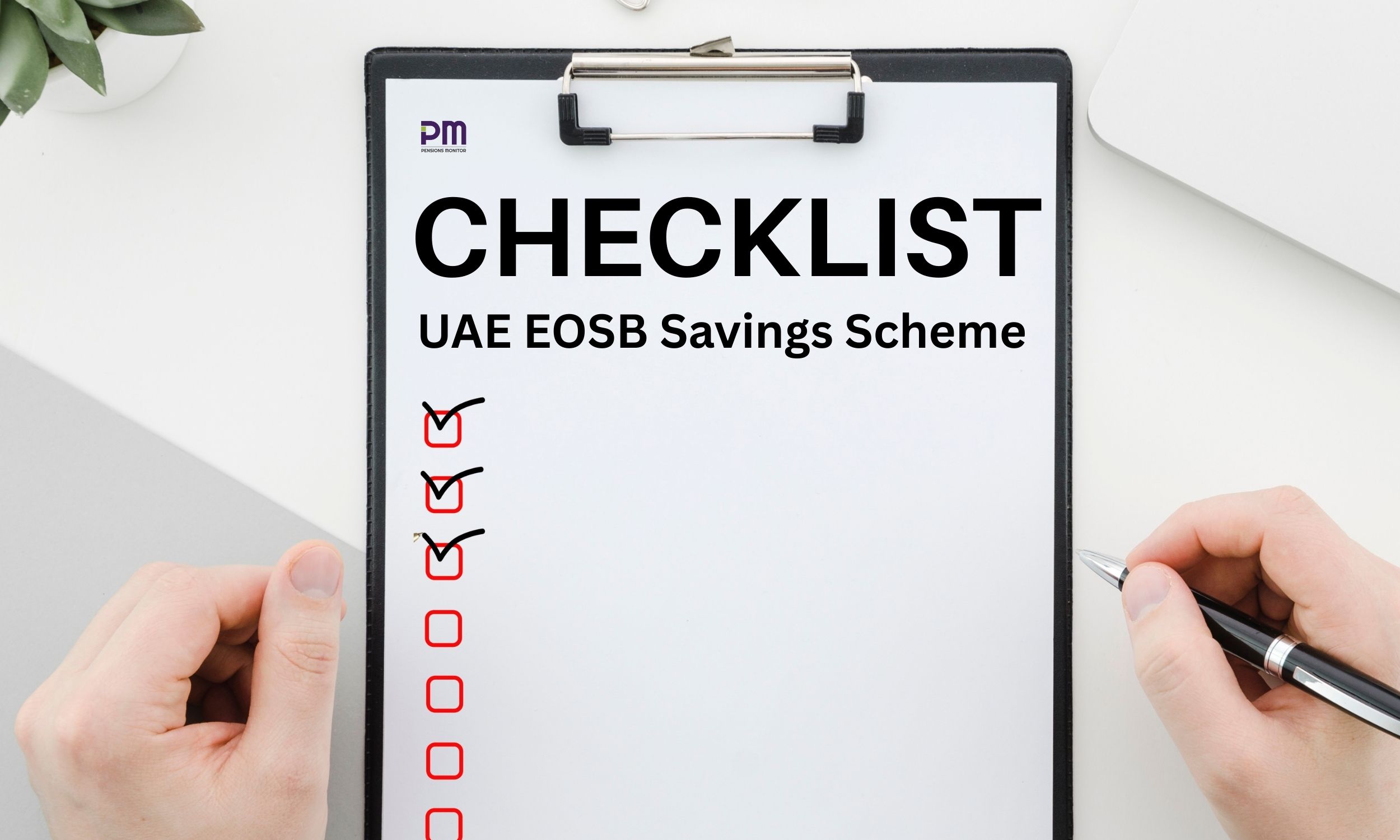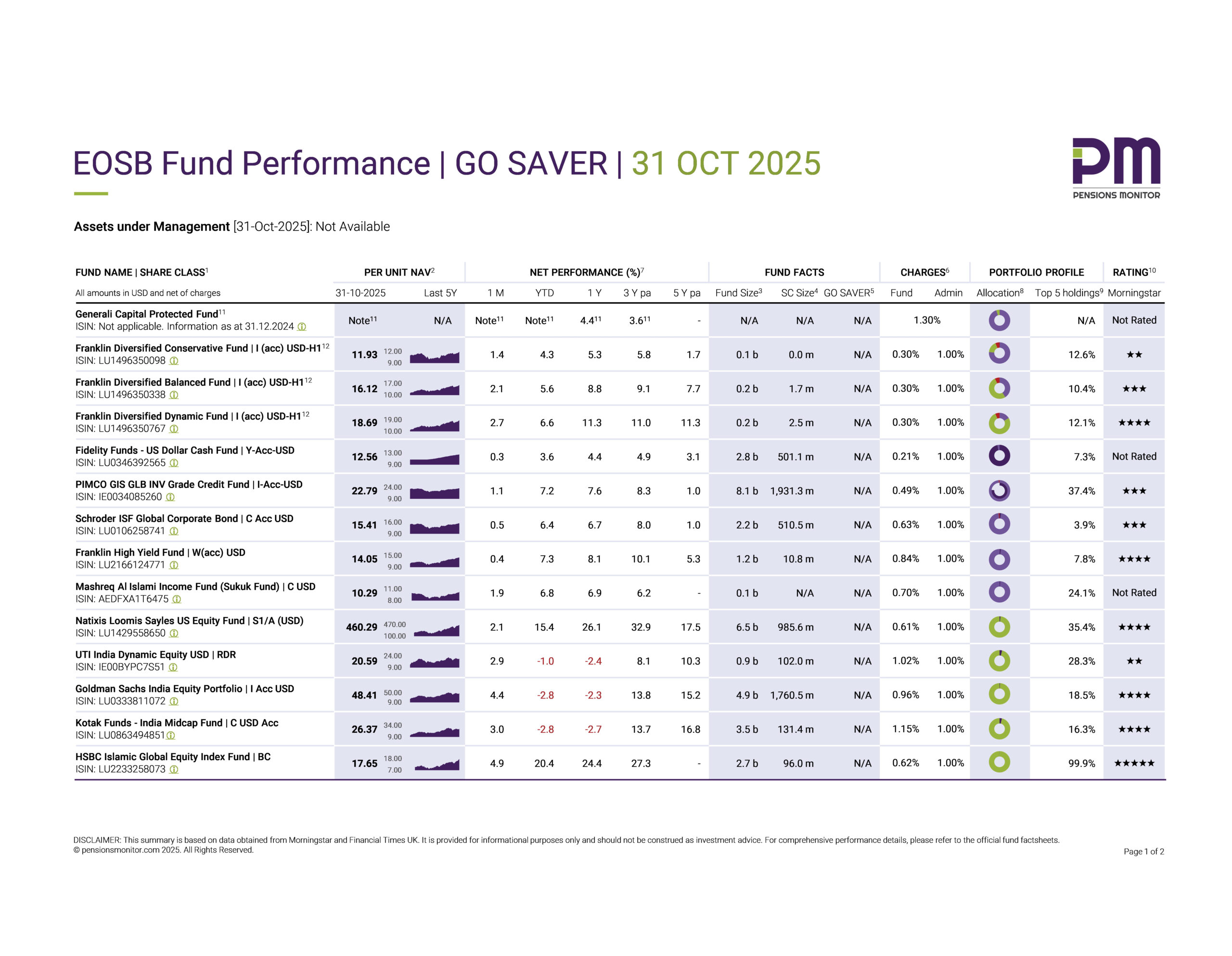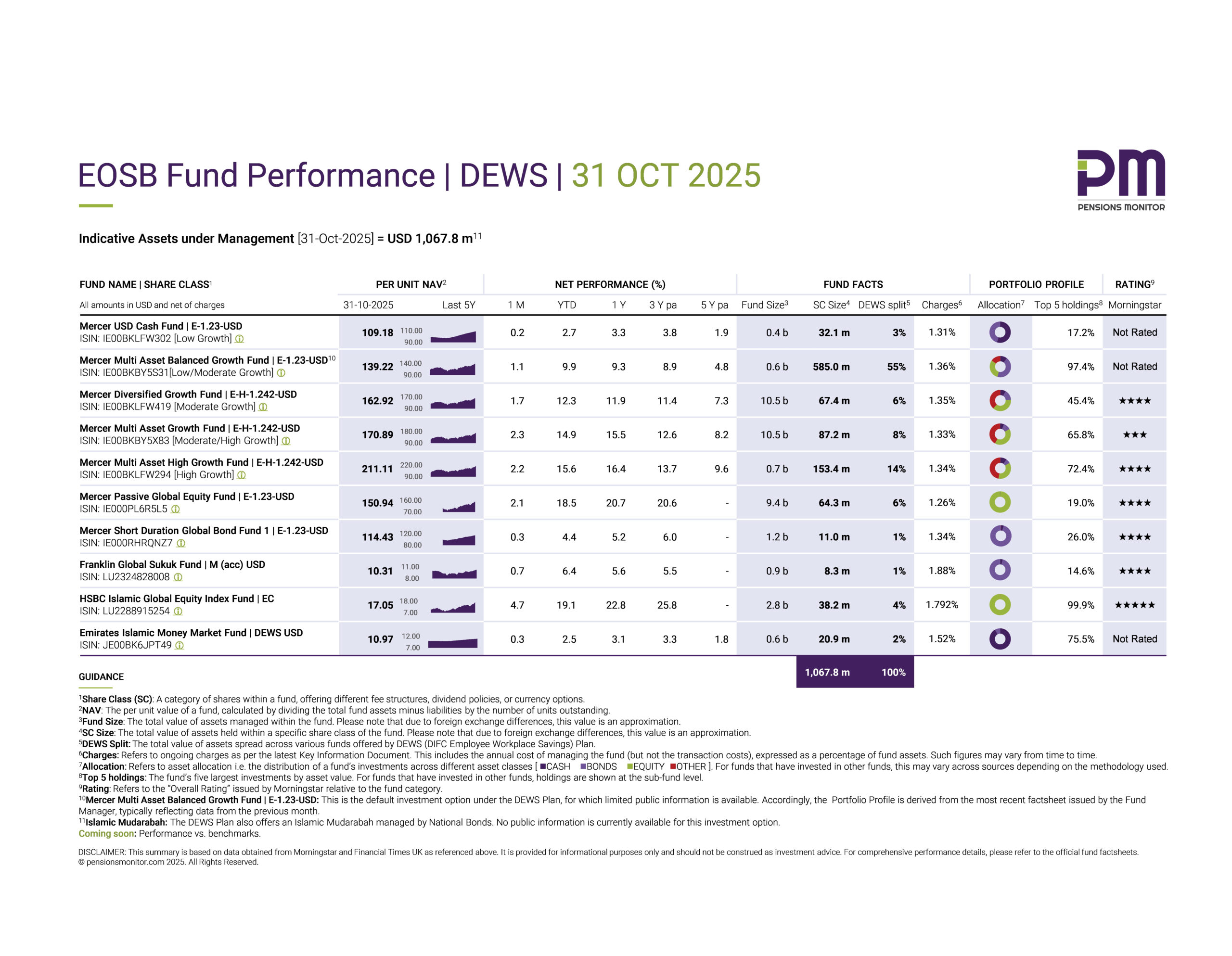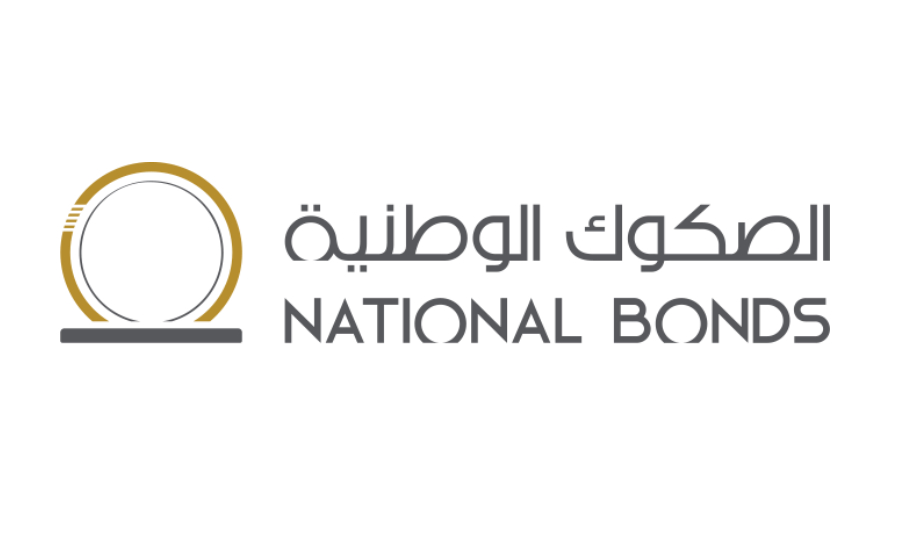
By now, many readers will be familiar with the new End-of-Service (EOS) Saving scheme that has been introduced. And of course, we all know how the current EOS Gratuity system works.
As more and more HR professionals, company managers, financial services professionals and employees are familiarizing themselves with the new scheme, many will ask: So, when all is said and done, what are now the main differences between the current EOS Gratuity system and the new EOS Saving scheme?
In today’s article we summarize what we believe are the five key differences.
First: Compulsory vs. voluntary
Let’s start with the most obvious one.
The current system is compulsory – each and every company must follow the EOS gratuity provisions as per UAE Labour Law.
The new system, in contrast, is voluntary, and companies can choose to enrol all employees, or only a group of employees, into the new scheme. Those enrolled in the new scheme will leave the old EOS Gratuity system and have their accumulated EOS gratuity frozen. Going forward the gratuity is replaced by the new scheme. (More about that later).
Two points are important to note in this context:
-
Once a company has signed up with a fund manager and has enrolled its first employees, there is no easy way back. Companies must stick with the new scheme for at least 1 year.
-
Changing Fund managers is also not straight-forward. This will require approval by MoHRE, the Ministry for Human Resources and Emiratisation in the UAE.
The final point to note is that the new system is voluntary as of now, but it is expected to become compulsory in due course, fully replacing the current gratuity system.
Second: A promise vs. actual money
It is important to highlight that the current EOS Gratuity system is unfunded. The gratuity is merely a legally binding “promise” by the employer to pay a certain sum of money to the employee upon him leaving. However, there are circumstances when that promise cannot be fulfilled. For e.g., when the employer becomes bankrupt.
This is in stark contrast to the new scheme – where employers send real cash to a Fund Manager on a monthly basis, and that cash is safely held by one of the six approved UAE Custodian banks. Whatever happens to the employer – the money is there.
Third: Fixed formula vs. market result
Under the current EOS gratuity system, the eventual payout is determined by a formula (number of accumulated days x last salary). It is very predictable; hence this type of gratuity system is also known as a “defined benefit” in industry parlance.
Not so the new EOS Saving scheme. The eventual payout cannot be determined in advance. It depends on the investment result of the funds chosen. All we know is how much is being invested; hence this scheme is called a “defined contribution” scheme.
Fourth: Payout growth
We already mentioned earlier, under the new scheme, the eventual payout is determined by the investment return. In other words, the payout grows with the investment result over time.
Under the current system the payout also grows – not by investment gains, but by salary increases. Remember: the EOS gratuity is multiplied with the last basic salary, hence a salary increase is applied to all accumulated days for the EOS gratuity calculation.
Fifth: Legacy End-of-Service Gratuity
Which bring us to the last point. What is legacy End-of-Service gratuity? This is the gratuity benefit that has accumulated under the current system up and until the point in time when a company switches to the new investment-based system. For each employee this corresponds to the accumulated number of days multiplied by his last basic salary.
So far so good, but what happens if the employee gets a raise after the switch-over?
Here we see a clear difference between the schemes: Under the new scheme the legacy EOS benefit is frozen at the time of switch-over, i.e., the accumulated number of days is multiplied by the salary at time of switch-over.
This is in contrast to the current system, where all accumulated days are affected by a pay rise.
So: Which scheme is better?
As per our earlier articles, the honest answer is “it depends” – there are many variables that need to be taken into account and the specific situation for each company and each employee will be different.
In our opinion, taking all factors into account, an investment-based scheme is more robust over the long term. However, given that the new scheme is still voluntary (but will become compulsory at some future date) the question is not IF but rather WHEN should companies switch to the new scheme?
More on this will be covered in our upcoming articles.
If you haven’t done so yet, do sign up for our free newsletters as we continue the discussion on End-of-Service Savings in the UAE. We at Pensions Monitor are tracking the progress of the new End-of-Service Savings market closely, and will share with you new developments as they unfold.
